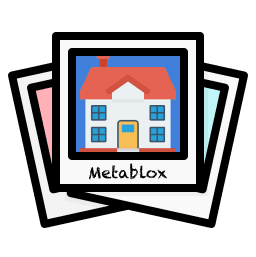“How NFT Aware are Americans and Should You Buy This New Asset?” was contributed by Aliza Vigderman, Director, Industry Research at Security.org
What is an NFT?
NFTs are a hot topic in some circles, but many people don’t truly understand what they are: a new technology that’s verified by blockchain and can’t be forged.
An emerging digital asset first launched in 2017, NFTs “tokenize” digital art to create buyable digital certificates that prove ownership. Unlike cryptocurrency, NFTs are non-fungible and cannot be traded. Some uses of NFTs include: Art, Cryptocurrencies, Collectibles, Games, Music and Sports.
In spite of the buzz, new research shows 80 percent of U.S. adults have never heard of an NFT and if they have, don’t know what one is. Even among those who say they are familiar with NFTs, only about a third could correctly define them. 15 percent believed that NFTs are a cryptocurrency like Bitcoin.
Awareness of NFTs
Overall, Millennial and Generation X men and women ages 30 to 44 are 12 percent more likely than the general population to know the correct definition of NFTs. Men ages 30 to 44 are most likely to define NFTs correctly at 38 percent; this group, along with Generation Z men ages 18-22, are twice as likely as the general population to have bought or sold NFTs.
Although those ages 18 to 29 were most likely to claim familiarity with NFTs, they were 13 percent less likely than 30 to 44-year-olds to properly define them.
Ownership of NFTs
Just two percent of Americans, or 4.1 million people, have purchased or sold NFTs. Despite the differences in familiarity and awareness, men and women are equally likely to have bought or sold NFTs. In contrast, differences in age and household income correlated with increased likelihood of NFT ownership.
Adults ages 18 to 44 are twice as likely as the general population to have bought and sold NFTs, at four percent compared to two percent.
Those with annual household incomes between $125,000 and $149,999 are three times as likely as the general population to have purchased or sold NFTs.
NFTs: Pros And Cons
Are NFTs a fad, or here to stay? At this point, it’s up for debate, but it’s clear they have both advantages and drawbacks.
Pros
- Verifiable: NFTs let users verify identities and trace assets back to their original creators.
- Decentralized: Buying and selling NFTs doesn’t require a centralized third-party like a bank or government agency, lowering their costs (although there may be a third-party involved in the selling process, like auction houses).
- No inflation: By being decentralized, NFTs avoid market inflation.
- Ownership is final: Once someone owns an NFT, their ownership can’t be revoked.
Cons
- Not user-friendly: Developers build NFTs on decentralized networks that require knowledge of blockchain technology, making mass adoption difficult.
- Can’t be traded or divided: By being non-fungible, by definition, NFTs can’t be traded or divided like other currencies, which could inflate assets’ prices.
- Might be a fad: NFTs can only survive into the next generation if people are willing to pay more for them than the previous generation.
As it stands, it remains to be seen whether people will be willing to take the risk and invest.
Aliza Vigderman is Director, Industry Research at Security.org, whose team of security experts, advisors and researchers create guides, tools and comprehensive resources to help people stay safe and secure.


